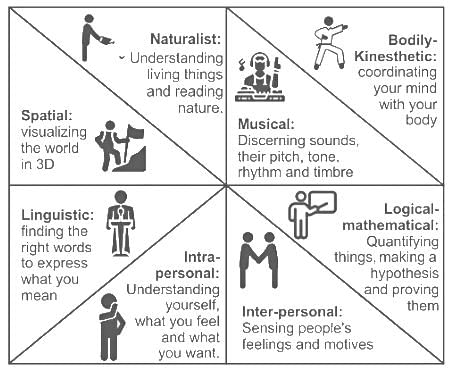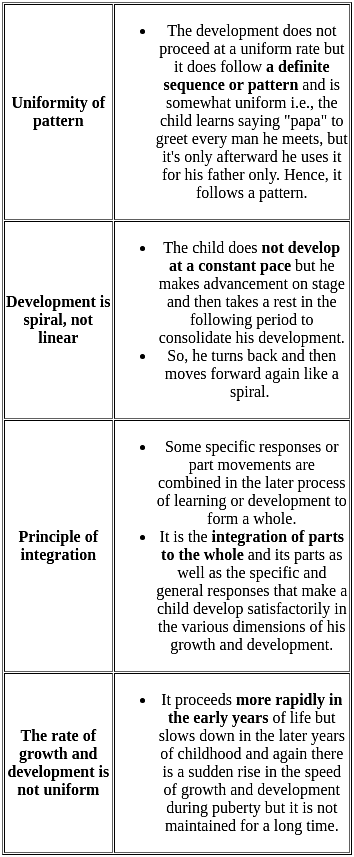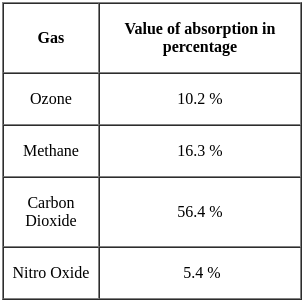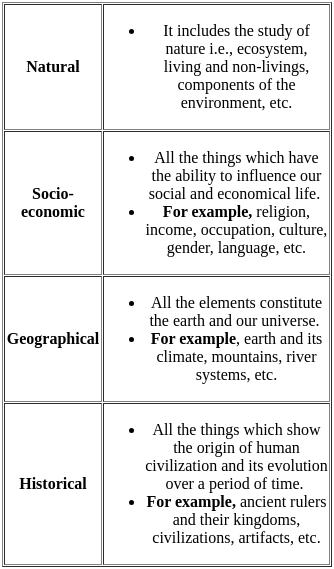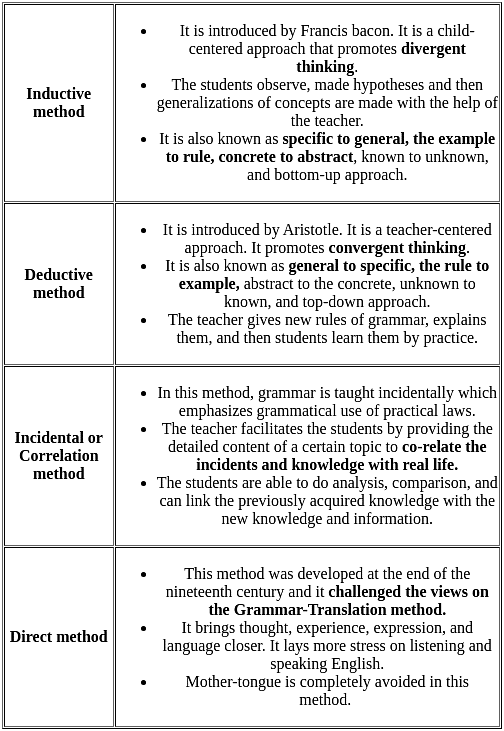MPTET Varg 3 Mock Test - 4 - MPTET MCQ
30 Questions MCQ Test - MPTET Varg 3 Mock Test - 4
What is one of the characteristics of oral language development among infants?
Failing to retain or to be able to recall what has been acquired
Out of the following who said that, intelligence is not a single entity, rather distinct types of intelligences exists?
Which of the following principles of growth and development signifies the movement from whole to parts and from parts to the whole to develop the ability of a child to perform specific movement?
Which of the following type of questions in a test will be helpful in assessing the creativity of the learners?
What is the 1/5th of the difference of 9.75 kg and 4700gm ?
Burning of garbage leads to (i)______. (i)______ can cause deadly diseases such as (ii)______ and asthma.
Which of the following options correctly fills the blanks (i) and (ii)?
Arrange the following fuel in the decreasing order of air pollution caused by burning a kilogram of each of them:
'पढना आना' के लिए निम्नलिखित में से कौन-सी प्रक्रिया सटीक है?
भाषा शिक्षण के दौरान बालको को पढ़ने में कठिनाई आती है। पढ़ने में आने वाली कठिनाई को दूर करने के लिए-
मौखिक भाषा के माध्यम से अभिव्यक्त भाव एवं विचारों को सुनकर समझना वास्तव में है-
Which of the following methods of teaching English promotes divergent thinking among children?
Developing competence in a language by using it in natural communicative situations is know as:
As per the passage, over anxiety and fear of failure lead to _________.
Sleeping for _______ helps the brain to function properly.
As per the passage, stress can be reduced by ________.



